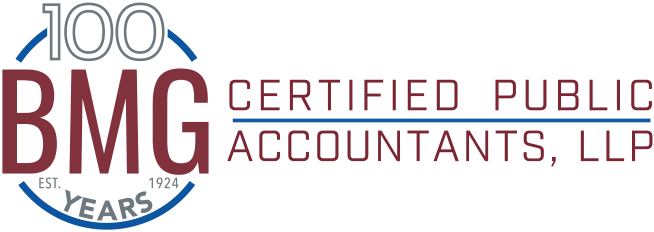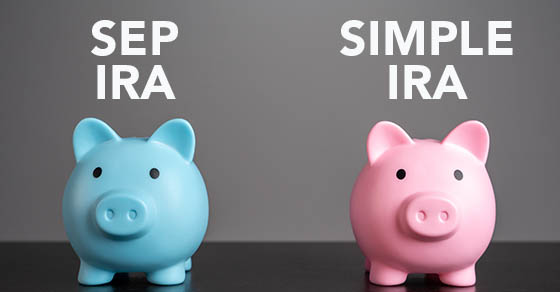Small businesses can help employees save for retirement, too
Many small business owners run their companies as leanly as possible. This often means not offering what are considered standard fringe benefits for midsize or larger companies, such as a retirement plan.
If this is the case for your small business, don’t give up on the idea of helping your employees save for retirement in a tax-advantaged manner. When you’re ready, there are a couple account-based options that are relatively simple and inexpensive to launch and administrate.
SEP IRAs
Simplified Employee Pension IRAs (SEP IRAs) are individual accounts that small businesses establish on behalf of each participant. (Self-employed individuals can also establish SEP IRAs.) Participants own their accounts, so they’re immediately 100% vested. If a participant decides to leave your company, the account balance goes with them — most people roll it over into a new employer’s qualified plan or traditional IRA.
What are the advantages for you? SEP IRAs don’t require annual employer contributions. That means you can choose to contribute only when cash flow allows.
In addition, there are typically no setup fees for SEP IRAs, though participants generally must pay trading commissions and fund expense ratios (a fee typically set as a percentage of the fund’s average net assets). In 2024, the contribution limit is $69,000 (up from $66,000 in 2023) or up to 25% of a participant’s compensation. That amount is much higher than the 2024 limit for 401(k)s, which is $23,000 (up from $22,500 in 2023).
What’s more, employer contributions are tax-deductible. Meanwhile, participants won’t pay taxes on their SEP IRA funds until they’re withdrawn.
There are some disadvantages to consider. Although participants own their accounts, only employers can make SEP IRA contributions. And if you contribute sparsely or sporadically, participants may see little value in the accounts. Also, unlike many other qualified plans, SEP IRAs don’t permit participants age 50 or over to make additional “catch-up” contributions.
SIMPLE IRAs
Another strategy is to offer employees SIMPLE IRAs. (“SIMPLE” stands for “Savings Incentive Match Plan for Employees.”) As is the case with SEP IRAs, your business creates a SIMPLE IRA for each participant, who’s immediately 100% vested in the account. Unlike SEP IRAs, SIMPLE IRAs allow participants to contribute to their accounts if they so choose.
SIMPLE IRAs are indeed relatively simple to set up and administer. They don’t require the sponsoring business to file IRS Form 5500, “Annual Return/Report of Employee Benefit Plan.” Nor must you submit the plan to nondiscrimination testing, which is generally required for 401(k)s.
Meanwhile, participants face no setup fees and enjoy tax-deferred growth on their account funds. Best of all, they can contribute more to a SIMPLE IRA than they can to a self-owned traditional or Roth IRA. The 2024 contribution limit for SIMPLE IRAs is $16,000 (up from $15,500 in 2023), and participants age 50 or over can make catch-up contributions to the tune of $3,500 this year (unchanged from last year).
On the downside, that contribution limit is lower than the limit for 401(k)s. Also, because contributions are made pretax, participants can’t deduct them, nor can they take out plan loans. Then again, making pretax contributions does lower their taxable income.
Perhaps most important is that employer contributions to SIMPLE IRAs are mandatory — you can’t skip them if cash flow gets tight. However, generally, you may deduct contributions as a business expense.
Is now the time?
Overall, the job market remains somewhat tight and, in some industries, the competition for skilled labor is fierce. Offering one of these IRA types may enable you to attract and retain quality employees more readily. Some small businesses may even qualify for a tax credit if they start a SEP IRA, SIMPLE IRA or other eligible plan. We can help you decide whether now is the right time to do so.
© 2024

